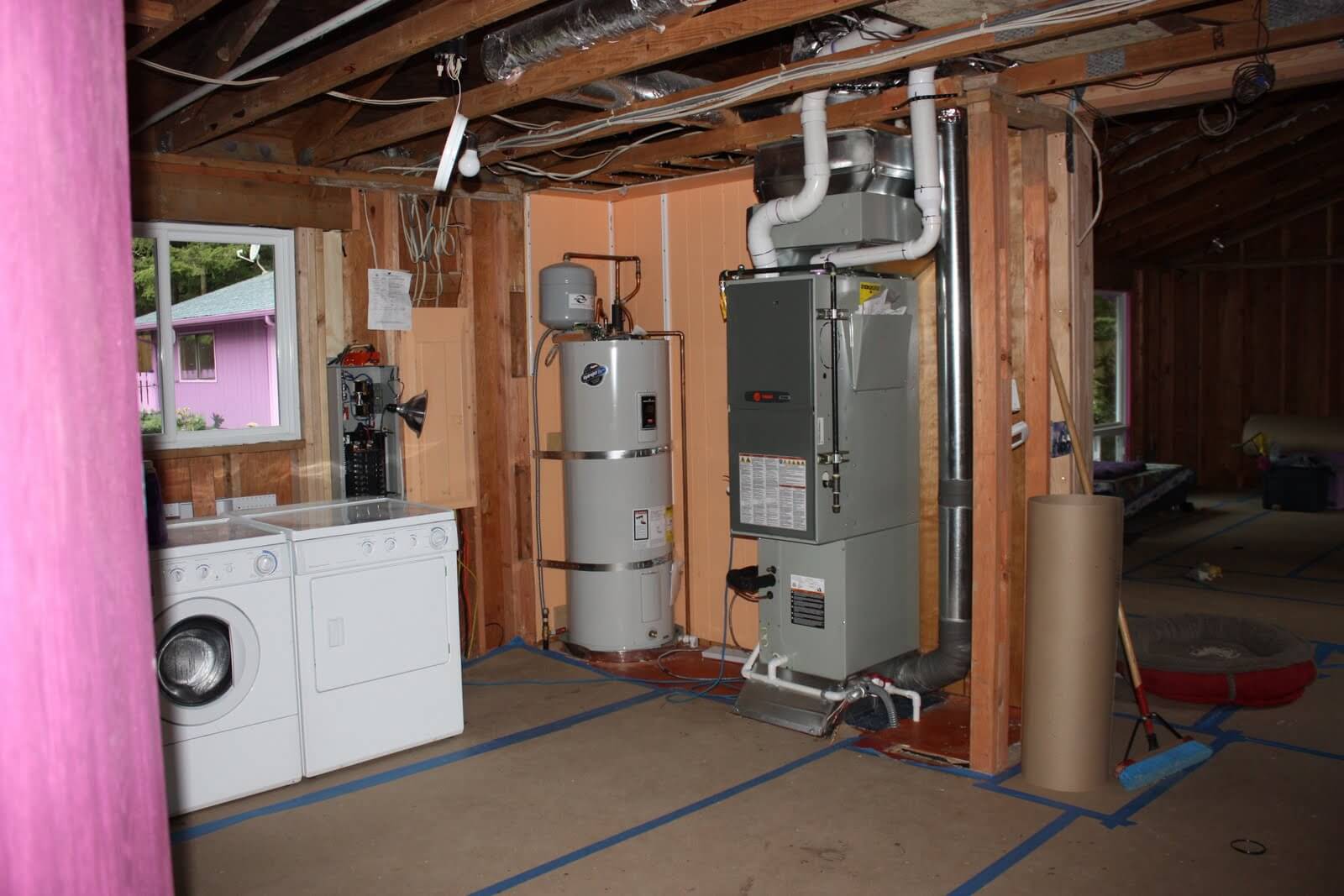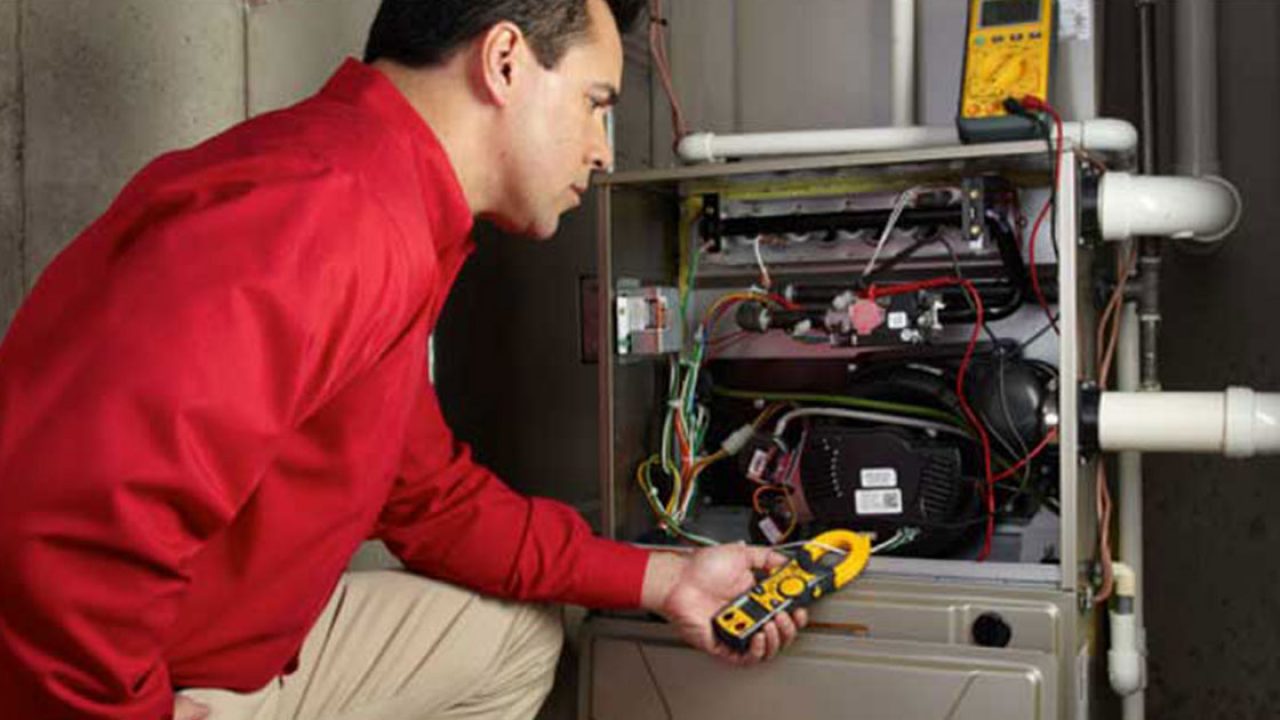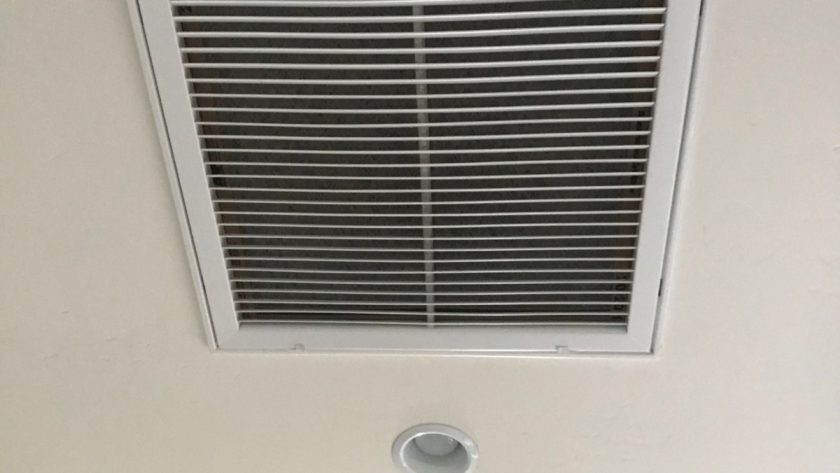During the winter, most of us rely on some kind of heating system to help keep our homes warm and comfortable. For many people, their heating system includes a gas or electric furnace to produce warm air. A furnace can produce consistently warm temperatures that keep your home comfortable all winter long. Depending on where you live, the winter season could bring harsh conditions that require your furnace to work hard to produce comfortable temperatures. However, a malfunction with your furnace could cause your equipment to overheat and stop working.
An overheating furnace could result in a dangerous situation with your equipment. Fortunately, your furnace has a built-in limit switch that turns your system off when it gets too hot. Your limit switch will prevent any safety issues or damage to your equipment. Even when the limit switch is engaged, however, the thermostat will likely still call for your system to deliver warm air. As a result, your furnace will turn back on briefly until it overheats again. This continuous process is called short-cycling, and it can impact energy bills, system health, and indoor temperatures.
There are a few reasons a furnace would overheat. If you notice short-cycling or other signs that your furnace is overheating, you should turn your system off and contact a qualified HVAC technician. Let’s look at some of the common causes for furnace overheating.
1. Restricted Airflow
.1).jpg)
Perhaps the most common reason your furnace could be overheating is because of restricted airflow. Obstructed airflow will cause your furnace to work harder to try and heat your home and could cause your equipment to overheat. A dirty or clogged air filter is the most common reason your airflow would be restricted. Your air filter catches and traps the dust, pet dander, debris, and other contaminants in the air. You should regularly check and change your air filter to ensure that your furnace has adequate airflow. Additionally, you should make sure that your air vents are clear and open to promote healthy air circulation.
2. Furnace Age

Your furnace should last around 15-20 years under normal operating conditions. Although you can extend your equipment lifespan with maintenance and care, your system will still show signs of wear and tear as it ages. As your system ages, parts like the limit switch could fail. As a result, your system will continue to run and overheat. A qualified technician can repair or replace many parts, including the limit switch. However, when your system begins to age and overheats more frequently, it may be more beneficial to begin thinking about replacement equipment.
3. Mechanical Failure

Over the course of normal operation, your furnace can experience numerous issues. Given the number of components and parts inside your furnace, there is a chance of malfunction with anything ranging from the wiring and fan blower to the heat exchanger. When malfunctions occur, your furnace can overheat and shut down. If you suspect that your furnace is overheating because of a mechanical issue, you will need the help of an HVAC technician. To prevent the majority of mechanical issues, you can invest in routine annual maintenance for your heating system each year.
During the winter heating season, your furnace provides comfortable temperatures. When something goes wrong, your furnace could overheat and leave you out in the cold, literally. Mechanical failure, older furnace equipment, and restricted airflow could create issues that might cause your system to overheat. A certified technician will be able to help you identify and repair any issues with your furnace. However, to prevent future problems, you should have your furnace inspected and serviced annually to keep it in good working order.



